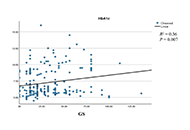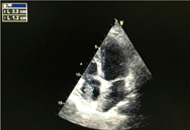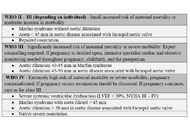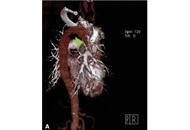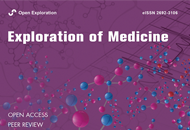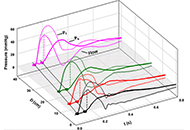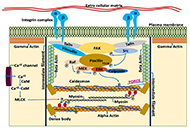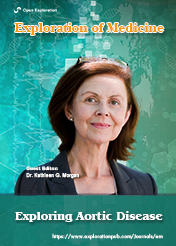
Exploring Aortic Disease
Guest Editor
Dr. Kathleen G. Morgan E-Mail
Professor, Boston University School of Medicine, Boston, USA
Research Keywords: Precursors of cardiovascular disease, vascular dementia, aging-induced aortic stiffness, trafficking of cytoskeleton and signaling proteins, mechanisms of pre-term labor
About the Special lssue
We welcome submissions on all aspects of Aortic Disease. For example, Aortic Stiffness and Blood Pressure are known to be interrelated (G.F Mitchell Hypertension, 2014); but, although the quantity of research on hypertension is vast, investigation is less often focused on aortic stiffness and other diseases of the aorta that may cause the hypertension. Similarly, although aortic stiffness often precedes and is well known as an important risk factor for high blood pressure, stroke, and other incident cardiovascular diseases, we have essentially no accepted therapeutics to directly treat aortic stiffness. The aorta is also subject to calcification, aneurysms, rupture, and other disorders for which little is available therapeutically, short of emergency surgery.
This special issue will cover recent advances in our understanding of the molecular, cellular and integral etiology of aortic diseases as well as the state of the art on prototypic therapeutic approaches to aortic diseases.
Keywords: Aortic stiffness, aortic aneurysms, aortic calcification, aortic dissection, aortic stenosis, Marfan syndrome, aortic regurgitation
Published Articles
